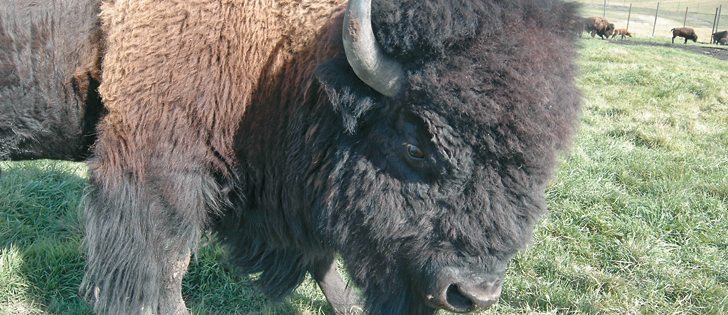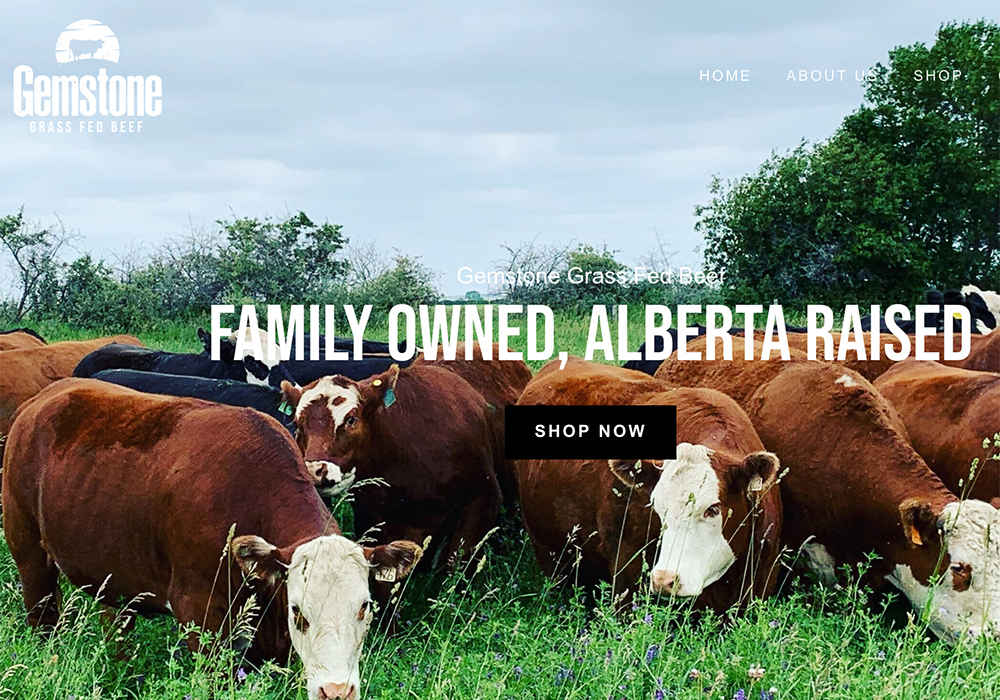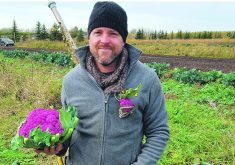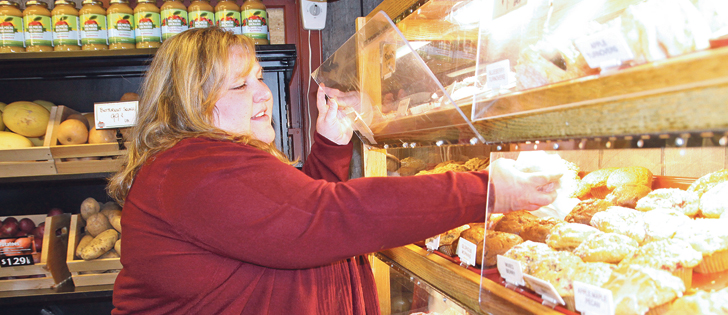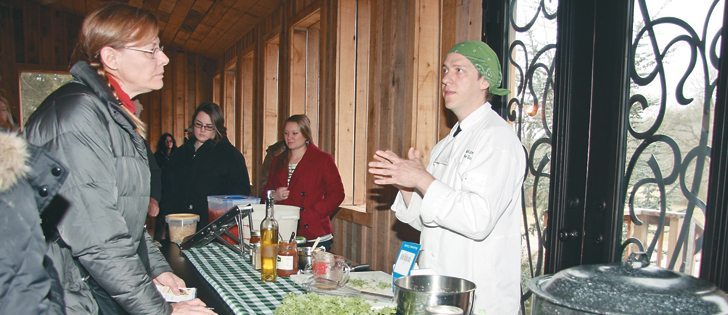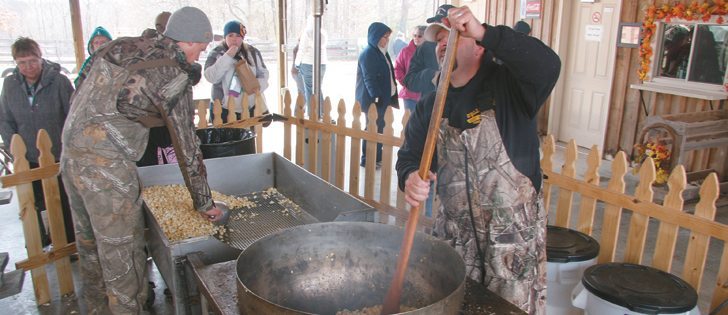CALGARY — Canadian Rocky Mountain Ranch has one huge advantage over many other farm and ranch operations, says its general manager, Dr. Terry Church.
It gets direct feedback, on a regular basis, from those who use and eat its bison, elk and beef products.
The ranch is owned by the O’Connor family of Calgary, which is also involved in three mountain resorts and four high-end city restaurants.
The ranch supplies those venues with bison, elk and beef, and the chefs provide quick feedback on quality.
In addition, the ranch sells its meat at farmers markets, where customers can ask questions about the product and at subsequent markets talk about their level of satisfaction with what they bought.
“A lot of my attitudes now about agriculture, food and so on, I actually had to shift,” Church told a group of Canadian farm writers on a recent tour of the ranch.
With a background in commodity agriculture, including meat processing, feedlots, veterinary and academia, Church found the face-to-face interaction with consumers to be a new experience when he began work at the ranch in 2000.
Most producers of commodity agriculture never meet the people who eat what they have grown, said Church.
“It’s been a really interesting and valuable perspective to get that feedback. It really gives you a unique perspective of what the consumers are thinking.”
As an example of how that differs, Church said when ranchers think about food safety, they tend to consider how livestock can be protected from disease and how the resulting product is free from bacterial contamination.
Read Also

Feds propose overhaul of chronic wasting disease control program
Chronic Wasting disease control program getting updated by Canadian Food Inspection Agency with feedback encouraged from producers.
Consumers, on the other hand, tend to focus on issues such as added hormones, antibiotic use and genetic modification in food.
“That’s what I think consumers think of when they think about safe food.… We have quite a wide gulf.”
His experience is in line with recent research by University of Lethbridge sociology professor William Ramp, who studied a small sample of producers and found those in direct contact with consumers were more optimistic that the rural-urban divide can be bridged.
“It makes sense to me that producers who are more in touch directly with consumers are going to forge relationships in which the consumers are going to learn more about what it takes to produce and what a producer needs to survive in the business,” said Ramp in a recent interview. “I really think those face-to-face relationships work.”
Church said he tries to bridge the gulf at farmers markets and at the ranch’s retail store, which has also allowed better marketing of livestock.
The resorts and restaurants tend to focus on higher end cuts of meat, so in the early stages of the operation, only about one-third of the yield from each animal was used there.
The retail store allows the ranch to sell more ground meat, sausage, jerky and lesser-known cuts.
“That has brought us into balance with the animals that we market. We market somewhere around 70, 80 buffalo a year and 60 to 70 elk, and lately a few cattle.”
Bison makes up 60 percent of meat sales, with elk meat sales at 30 percent and beef at 10 percent.
Church said the ranch has put less emphasis on beef because there are many competitors in that field and it is difficult to differentiate product enough to gain much market share.


